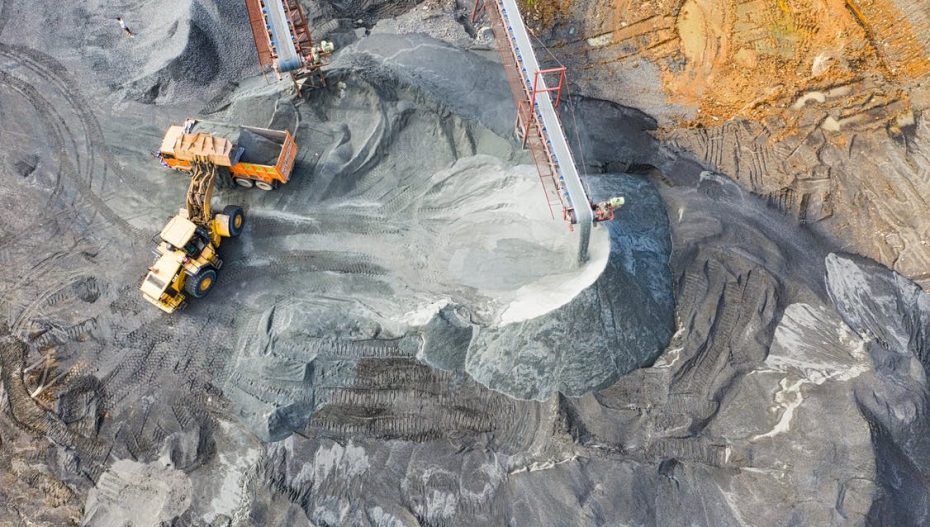The Talking Point: A scheme guaranteeing subsidised coal for MSMEs was formulated in 2007-08 under the Manmohan Singh government. Its implementation in Gujarat has spawned allegations of corruption, including by the Congress.
The Amount and Time Period: Nearly Rs 6,000 crore over the last 14 years that saw more than 60 lakh tonnes of subsidised coal “diverted and sold to industries in other states at a higher price.”
Who did it? Okay, this is tricky. The fund embezzlement started during the UPA era. “Beneficiaries” seem to have cut across party lines. In fact, companies are named on the website of Coal India as beneficiaries of the scheme. But most claim to have derived no benefit from it.
The intent was noble: The scheme guaranteeing subsidised coal for MSMEs was formulated in 2007-08. Under the policy, for small industries in Gujarat, coal is extracted every month from Coal India’s Western Coalfields and South Eastern Coalfields. In order to ensure wide distribution of coal, states were asked to select agencies — state-nominated agencies or SNAs — and appoint a state official to monitor the process. The additional industry commissioner is the designated officer in charge of allocation and distribution of coal. But in Gujarat, the post has been vacant since 2015, and the job has been given to the state MSME department.
Under the policy, the SNAs have been tasked with giving an estimate for annual coal demand to the state MSME department, which is to then notify Coal India. The amount of coal then allocated by Coal India, the public sector behemoth, is sent to the SNAs on a monthly basis.
So, what happened? The central government scheme was meant to boost MSMEs of industry. The agency “claimed” to have received coal at the market price. All charges have been denied by officials in the Gujarat MSME department, which is in charge of coal allocation. But they have started an internal investigation nevertheless in light of a Dainik Bhaskar report last month.
The loopholes: If some eligible companies were indeed given coal at market prices instead of subsidised rates, why are they listed as beneficiaries of the scheme? If the coal in question was sold at prices higher than market rates, where did the extra money go? Who was controlling the rates and the nexus?
Did on-ground assessment ever take place ? As a fallout of the media report, officials visit to the purported premises of one of the implementing agencies — New Saurashtra Briquetting Industries Association, only to find a travel agency operating from the address instead. The office of a second agency, Gujarat Coal Coke Traders & Consumers Association, appeared to lack full-time staff, bar an accountant, and didn’t have a formal name board.
So, why protest after 14 years ? In October 2021, over 400 textile units in Surat, employing close to 5,00,000 people, had to cut down production because of the rising coal prices. In the same month, five paper mills in Vapi had to shut down temporarily, leading to hundreds of job losses.
In a nutshell: Something does point to a larger picture behind what is visible.
Commissioner Sunil Kumar, head of corporate communications at Coal India, which allocates coal under the scheme, was not available on messages, or calls.













